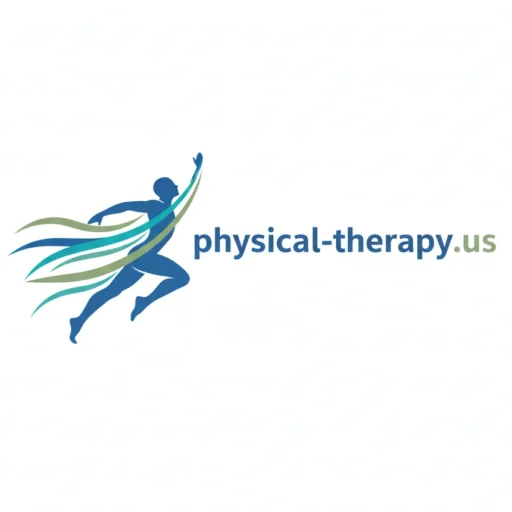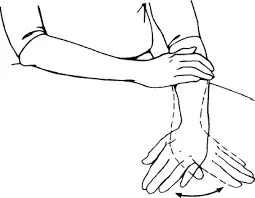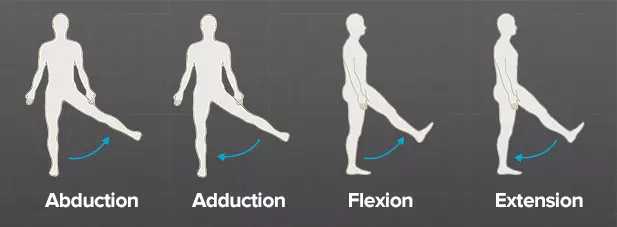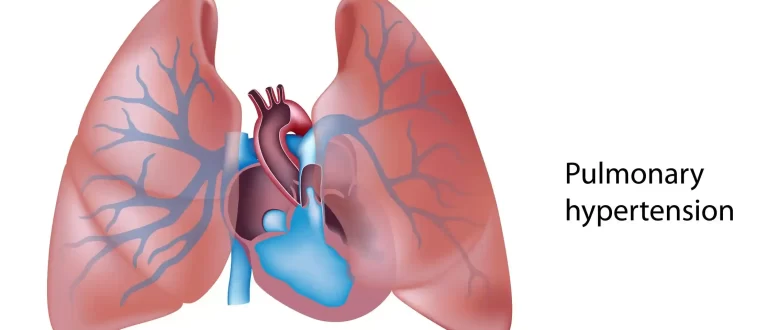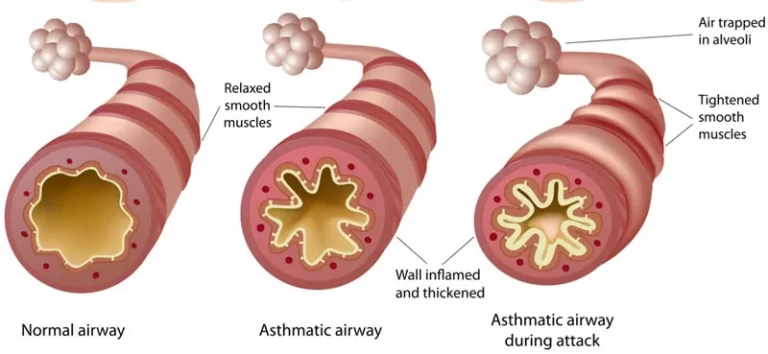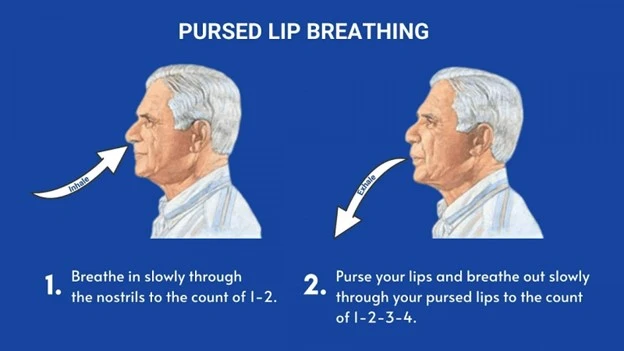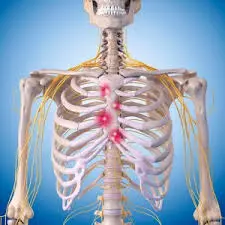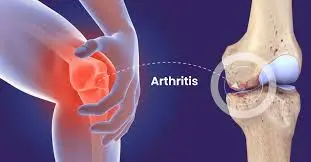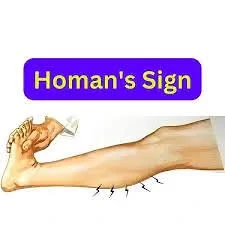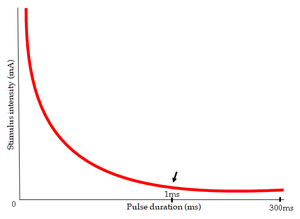Ulnar Deviation Of The Wrist Joint
Introduction Ulnar deviation is the movement of the hand toward the little finger (ulnar) side, facilitated by the flexor carpi ulnaris and extensor carpi ulnaris. These motions are essential for grip, wrist flexibility, and functional hand movements. Radial and ulnar deviation are wrist movements occurring in the frontal plane. Radial deviation is the movement of…
